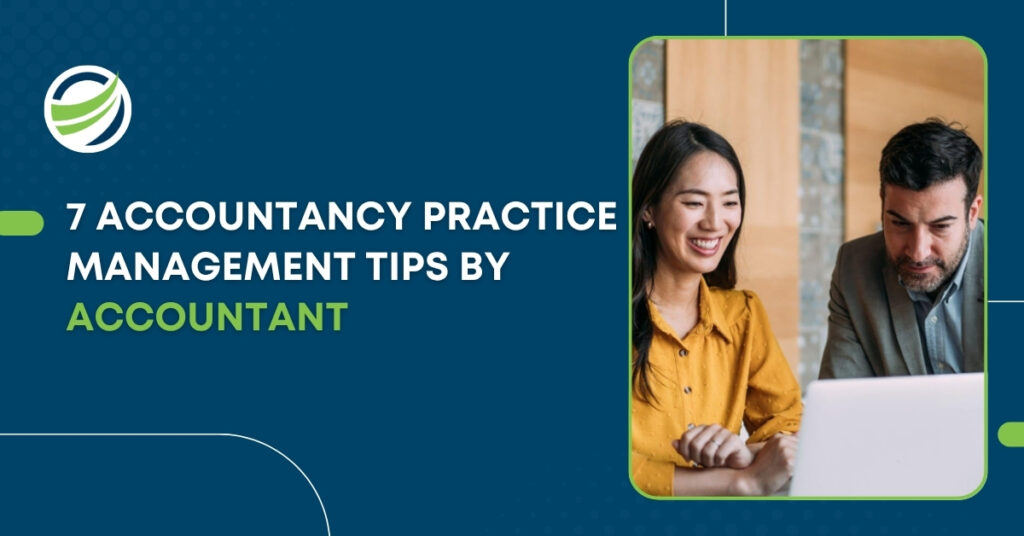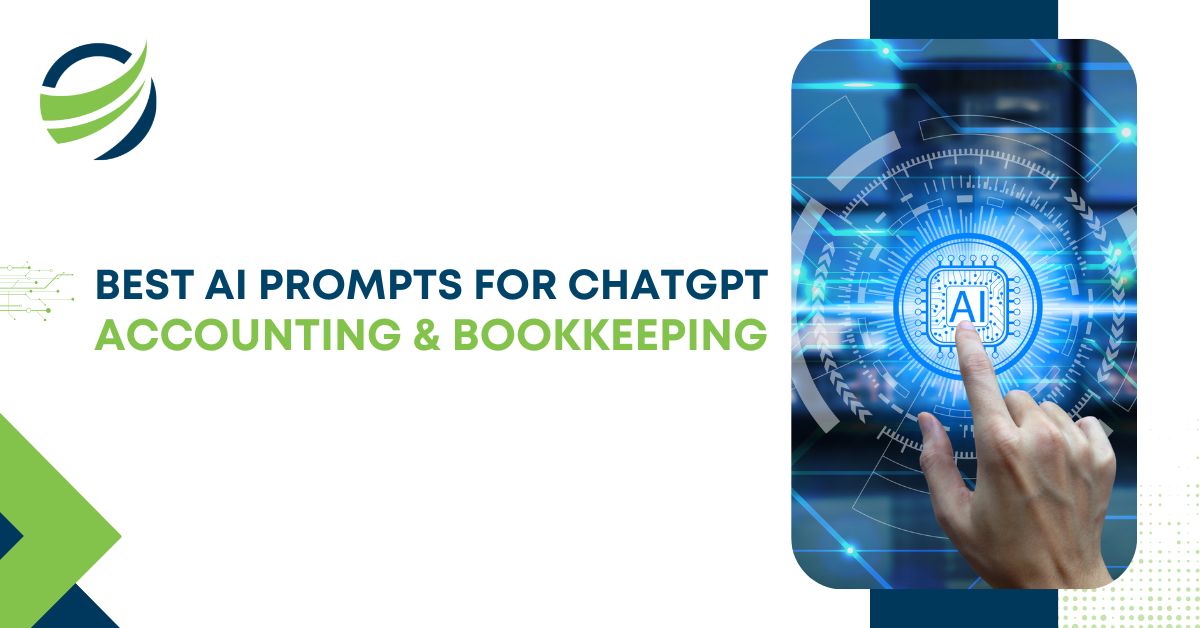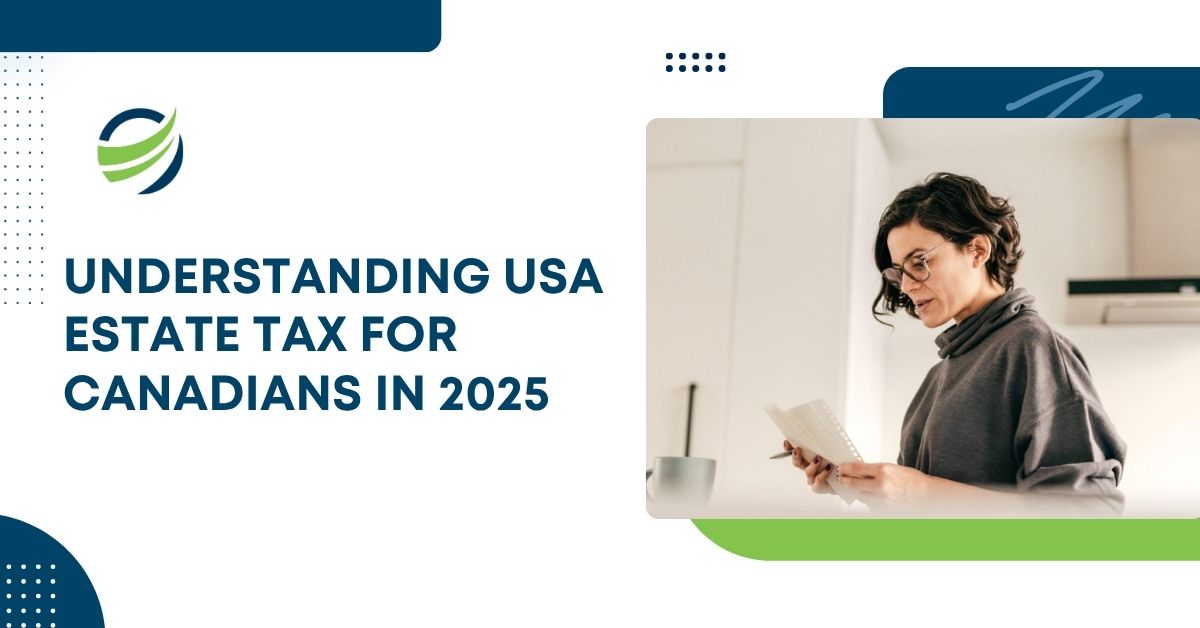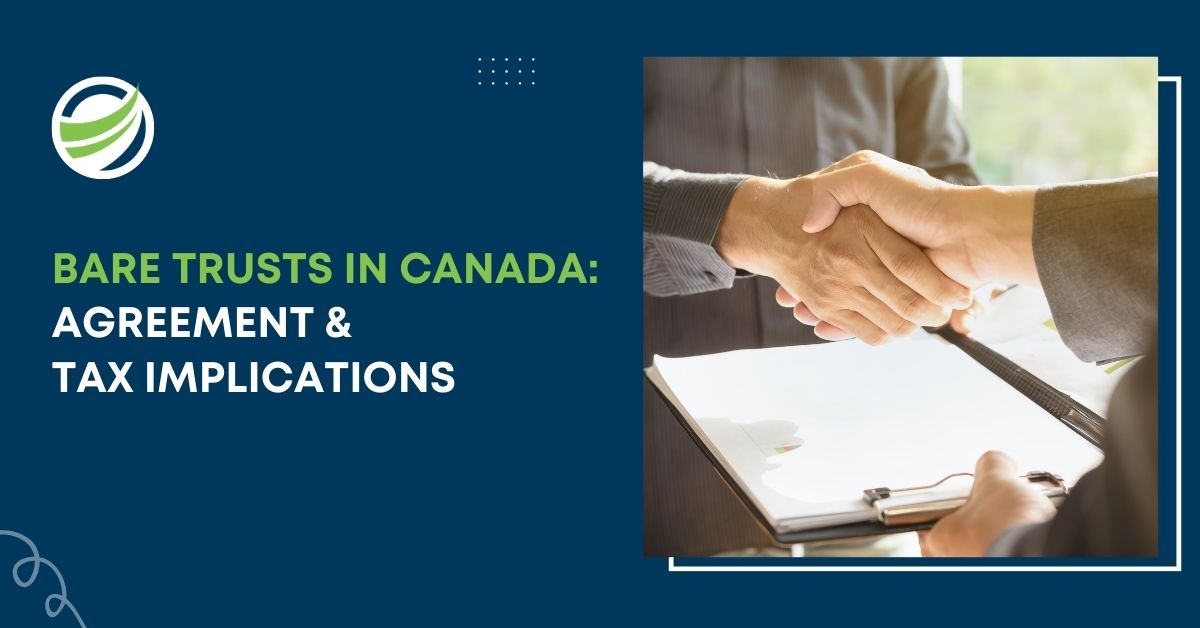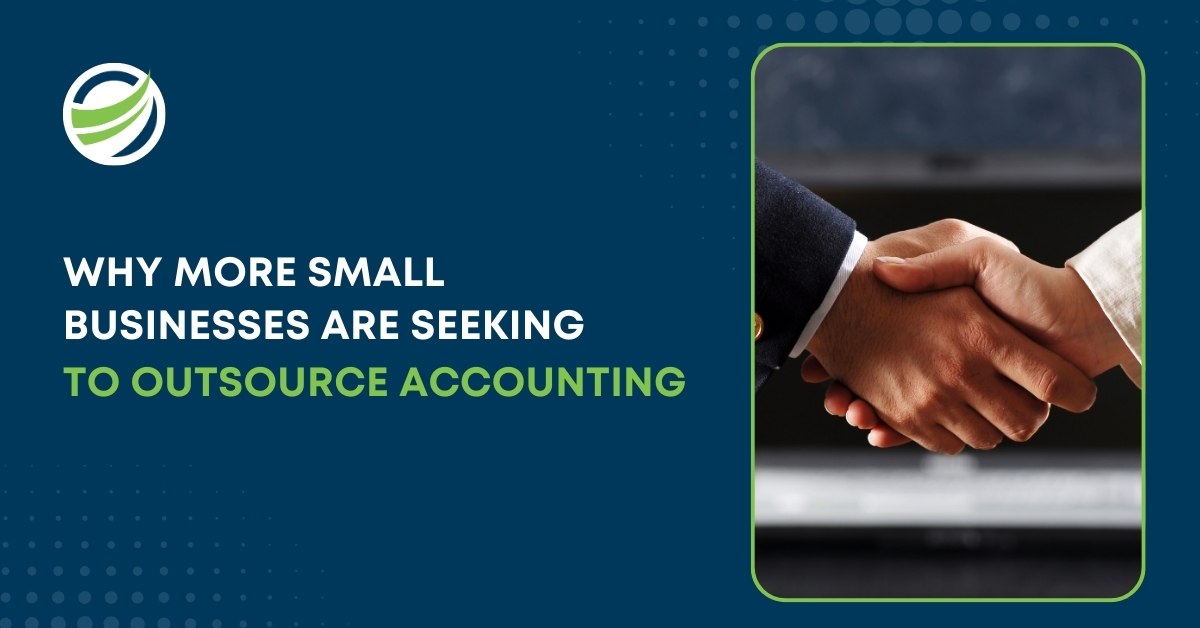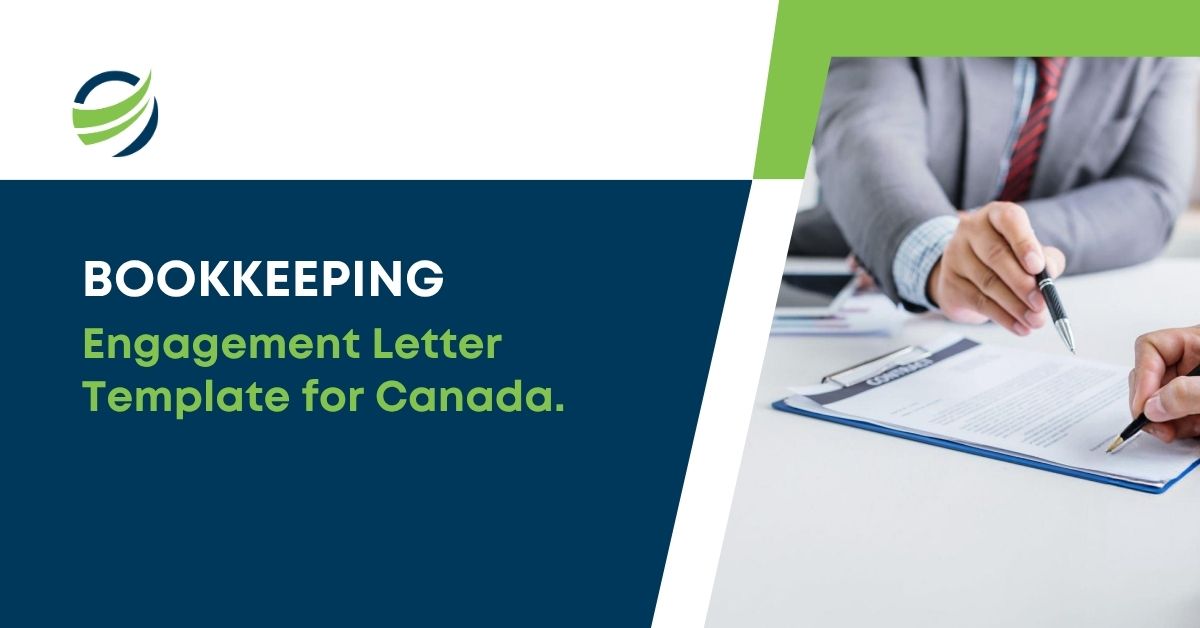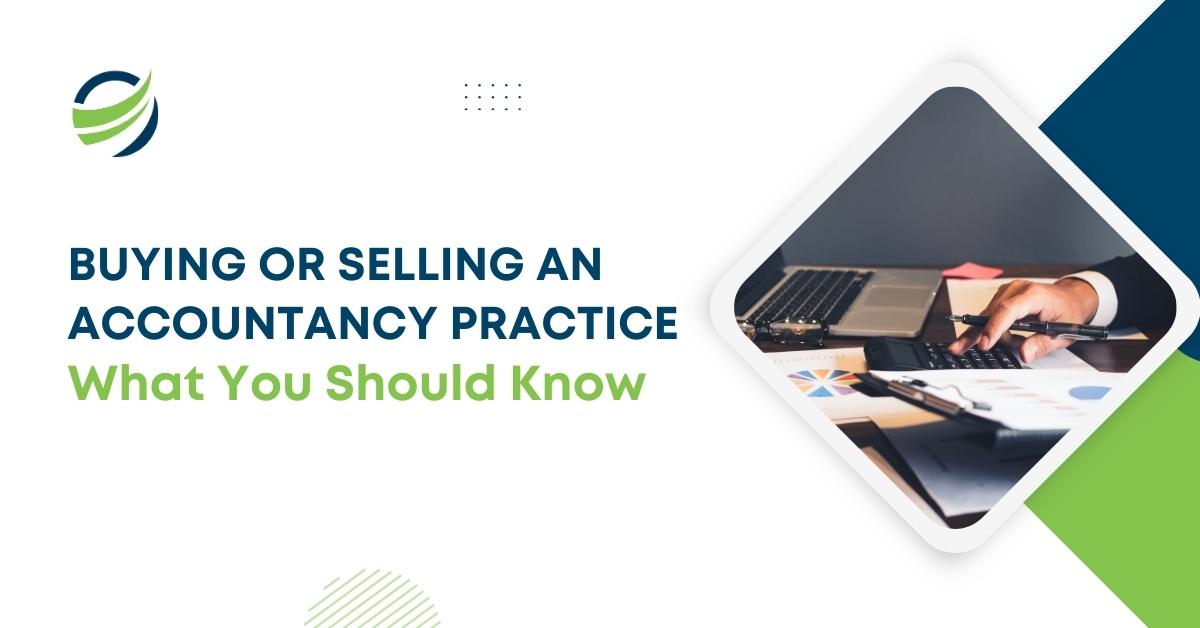As we move through 2025, accountancy firms are navigating a new era defined by automation, specialisation, and client-centric services. The rules of engagement have changed: clients expect more than compliance; they want proactive insights and seamless digital experiences. To stay ahead, modern practices need strategic systems in place.
Whether you’re a solo practitioner or managing a growing CPA firm, these accountancy practice management tips offer timely advice for accountants looking to enhance client relationships, boost efficiency, and strengthen the bottom line.
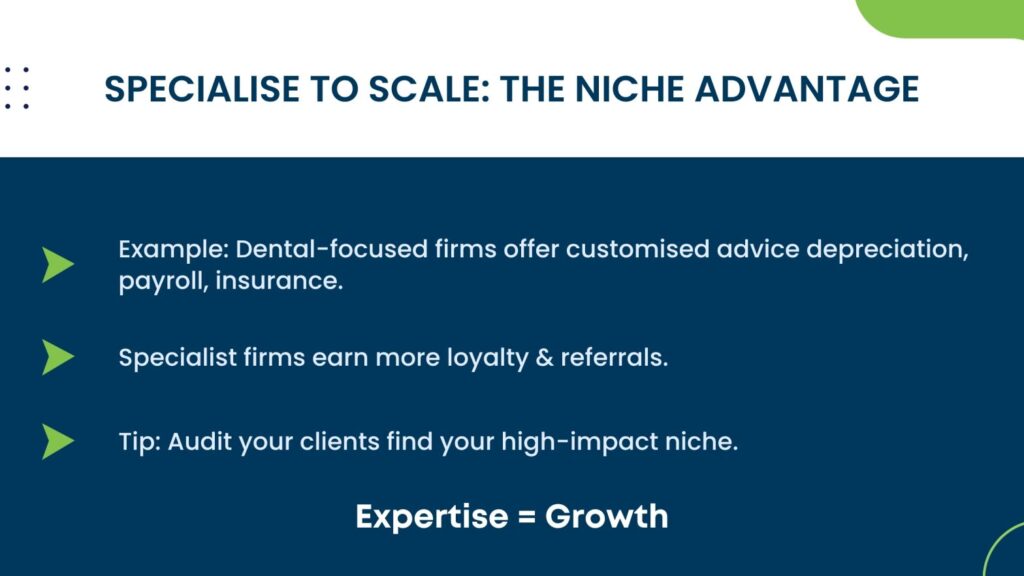
Define a Profitable Niche and Own It
Generalists are fading. Specialising in a specific vertical like real estate, healthcare, or SaaS enables deeper expertise and increases perceived value.
Example: A firm that specialises in dental practices not only manages books but also advises on equipment depreciation, payroll structuring, and insurance claims. That level of insight drives loyalty and referrals.
Accounting Tip: Review your current client base. Are there industries where you consistently deliver above-average results? That’s your starting point.
Why it works: A niche focus lets you streamline processes, train your team more effectively, and market your services more precisely.
Adopt a Scalable Practice Management System
Firms using legacy tools or scattered spreadsheets are at a disadvantage. Today’s practice management programs are designed to centralise everything: tasks, timelines, client requests, and team accountability.
Recommended Tools:
- Financial Cents – intuitive dashboard and time tracking
- Jetpack Workflow – ideal for deadline management
- Karbon – great for collaboration across teams
- Client Hub – built-in communication and client approvals
- Canopy – excellent for document workflows and billing integration
CPA Practice Management Tip: Choose a solution that integrates well with your accounting tech stack, like Xero, QuickBooks, or Gusto, and offers automation options for repetitive tasks.
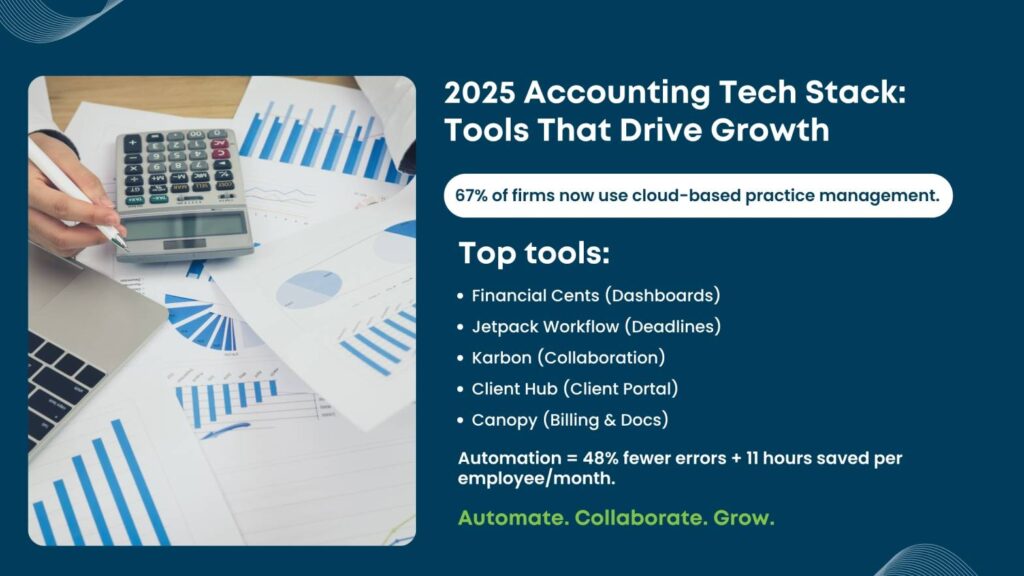
Build Transparent, Always-On Client Communication
The most frequent client complaint is, “We didn’t know what was going on.” That’s where automation and client portals come in.
Use accounting practice management software to provide 24/7 access to project status, deadlines, and document sharing. Automate reminders for signatures, uploads, and payment schedules.
Pro Tip: Include a progress bar on the client portal so they can track deliverables like onboarding completion, tax returns, or payroll approvals.
Why it matters: Studies show firms with proactive communication retain clients 33% longer than those with reactive workflows.
Make Data Your Best Decision-Maker
Gut instinct has its place, but it’s no replacement for KPIs. Leading firms use analytics built into their practice management programs to monitor everything from employee efficiency to project bottlenecks.
Scenario: A mid-size Austin-based firm using Karbon discovered that 60% of time was being spent on write-offs for low-profit clients. After shifting focus to higher-value work, revenue grew by 22% in 9 months.
Action Tip: Identify 3–5 KPIs (e.g., average turnaround time, billing vs. collected ratio, staff utilisation) and monitor them monthly.
Automate What’s Repetitive: Start with Accounts Payable
Firms that automate routine work save time and reduce human error. A great place to start: Accounts payable is a time-intensive yet predictable process.
How to Automate Accounts Payable (Visually Explained)
| Step | Action Tool | Benefit |
|---|---|---|
| Collect Invoices | Dext, Hubdoc | Auto-imports receipts via email/uploads |
| Categorise Transactions | Xero, QuickBooks | Rules-based classification |
| Approve Payments | Client Hub, Karbon | Workflow automation with alerts |
| Execute Payouts | Bill.com, Melio | Schedule and sync payments automatically |
Data Insight: According to an internal NCS Global client survey, automating accounts payable reduced processing errors by 48% and saved an average of 11 hours per employee per month.
Accounting Tip: Start with high-volume, low-risk processes and gradually scale automation across functions like billing, engagement letters, and reminders.
Make Professional Development a Priority
In 2025, staying up to date is a competitive necessity. Tax legislation, AI tools, ESG reporting – everything is changing fast.
Encourage your team to pursue:
- Online certifications (LinkedIn Learning, AICPA, CPA Australia)
- Software training (Karbon, Financial Cents, QuickBooks)
- Thought leadership events and virtual summits
Team Culture Tip: Offer “learning hours” each month, paid time for professional development. Not only does this boost knowledge, it improves retention and morale.
CPA Practice Management Insight: Firms that embed learning in their KPIs tend to adapt faster and attract top talent more easily.
Track What Matters and Revisit Often
Without performance tracking, growth is left to chance. The top 5% of firms measure not just revenue, but efficiency and engagement.
Top KPIs to Track:
- Client retention rate
- Project turnaround time
- Average billing rate vs. realisation
- Revenue per full-time equivalent (FTE)
- Internal task completion adherence
Dashboard Tip: Use software like Jetpack Workflow or Karbon to visualise this data weekly. Make KPIs part of your internal scorecard.
Conclusion
In 2025, smart accounting isn’t just about mastering spreadsheets; it’s about mastering systems. These seven accountancy practice management accounting tips offer a blueprint to help modern firms operate with more focus, foresight, and flexibility.
From automating processes to analysing real-time data, each step is an investment toward sustainable, long-term growth. This is not about adding more work; it’s about working smarter, not harder.
For firms seeking the right support, choosing a partner who understands the nuances of scaling and streamlining accounting operations can make all the difference. The right expertise helps you align technology with strategy, ensuring your firm is built to grow.




